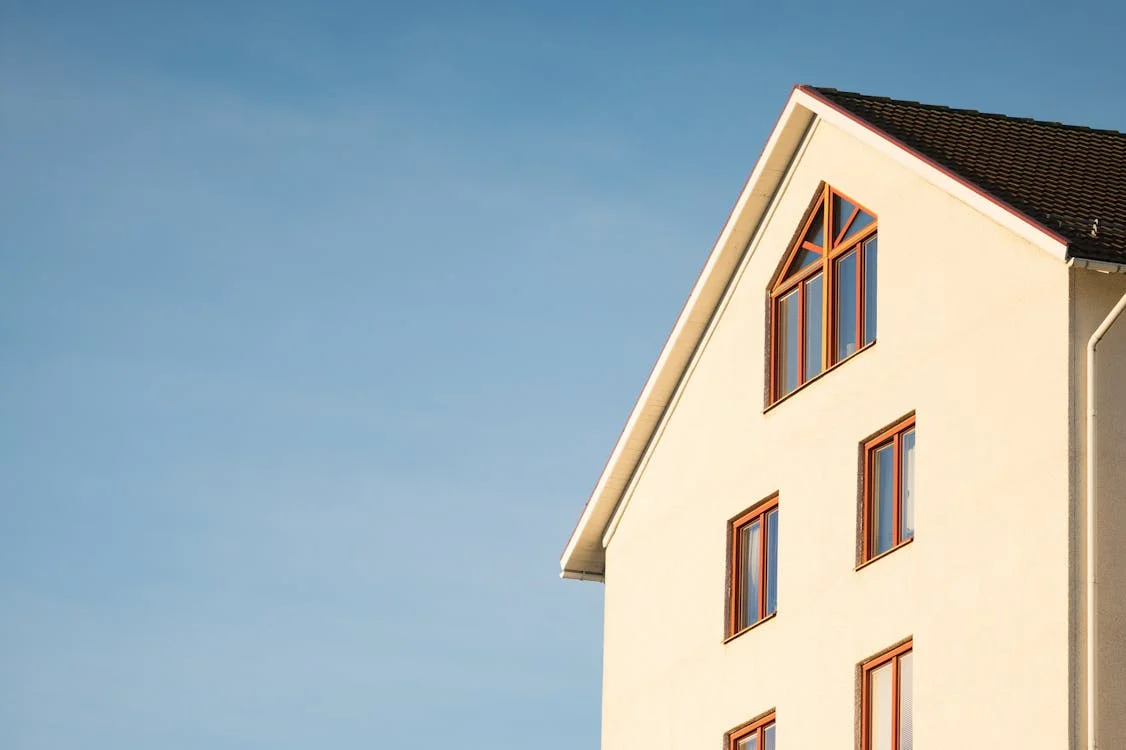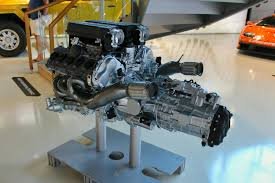Energy efficiency is a growing priority for homeowners across the country, and in Kalamazoo, MI, it’s especially important. With the changing seasons in Michigan, residents deal with both freezing winters and warm summers. Improving your home’s energy efficiency helps reduce utility bills and keeps your living space comfortable year-round. Below are some practical steps to make your home more energy-efficient.
Improve Insulation
If your house is not properly insulated, you could be losing a lot of heat in the winter and cool air in the summer. This forces your HVAC system to work harder, resulting in higher energy consumption.
Start by checking the insulation in your attic, walls, and floors. If it’s insufficient, adding more insulation can make a big difference. Homes with proper insulation maintain a more consistent indoor temperature, which reduces the need for constant heating or cooling adjustments.
In addition to adding insulation, make sure you check for gaps or holes in areas like your basement or crawl spaces. These areas are often overlooked but can contribute to significant heat loss. By improving insulation throughout your home, you’ll reduce energy use and create a more comfortable environment for your family.
Upgrade to Energy-Efficient Windows
One of the most effective ways to reduce energy consumption is by upgrading your windows. Old windows, particularly single-pane varieties, are well known for losing heat in the winter and allowing warm air to enter in the summer. This means your heating and cooling systems must work harder, driving up energy costs.
Switching to double-pane or energy-efficient windows can significantly improve insulation. These windows help maintain a steady indoor temperature, keeping warm air inside during the winter and hot air outside during the summer.
When looking for the right windows, consider contacting a Kalamazoo window company for expert advice. They can recommend options best suited for the local climate and provide professional installation services, which are key to maximizing energy savings. Energy-efficient windows are a long-term investment that will make your home more comfortable and help you save on utility bills.
Seal Air Leaks
Air leaks are another common cause of energy loss. These leaks usually occur around doors, windows, and other small gaps in the structure of your home. Over time, these small gaps can let in drafts that make it harder to keep your home warm in winter or cool in summer.
Sealing these leaks is a simple, low-cost way to improve energy efficiency. You can use weatherstripping for doors and caulking for windows and small gaps. By sealing up your home you prevent unwanted drafts, reduce the strain on your heating and cooling systems, and create a more comfortable living space.
Upgrade to Energy-Efficient Appliances
Old, inefficient appliances can drain energy and increase your monthly bills. Replacing outdated models with energy-efficient appliances can significantly reduce overall energy consumption. Many new appliances, such as refrigerators, washing machines, and dishwashers, are designed to use less water and electricity, saving you money in the long run.
When shopping for appliances, look for the ENERGY STAR label, which indicates that the product meets energy-efficiency standards. These appliances use less power while delivering the same level of performance as older models. Upgrading your kitchen and laundry room appliances is a great way to cut down on energy usage while improving the functionality of your home.
Upgrading appliances might seem like a bigger upfront investment, but the savings on energy bills will offset the cost over time. Plus, with many energy-efficient appliances available at a range of price points, there’s an option for every budget.
Install a Programmable Thermostat
A programmable thermostat is one of the simplest ways to improve your home’s energy efficiency. By automatically adjusting the temperature throughout the day, a programmable thermostat can help regulate energy use without requiring constant manual changes.
For example, you can set the thermostat to lower the temperature at night or when you’re not home, reducing heating or cooling costs. You can then program it to increase the temperature just before you wake up or return home, keeping your space comfortable without wasting energy.
These thermostats are relatively inexpensive and easy to install. Over time, they can make a noticeable difference in your utility bills, helping you better control energy use based on your family’s daily routine.
Use Energy-Efficient Lighting
Switching to energy-efficient lighting is another simple way to improve your home’s energy use. Traditional incandescent light bulbs use far more energy than modern alternatives, such as LED bulbs. By replacing old bulbs with LEDs, you can cut lighting energy consumption by a significant margin.
LEDs use up to 75% less energy than incandescent bulbs and last much longer, reducing the need for frequent replacements. They also emit less heat, which helps keep your home cooler during the summer months. This is a small yet effective step toward a more energy-efficient home, as lighting accounts for a large portion of a home’s electricity use.
Consider Solar Panels
For those interested in long-term energy savings, solar panels are an excellent option. Though the initial cost can be high, solar energy can dramatically reduce or even eliminate your electricity bills. Solar panels capture energy from the sun and convert it into electricity for your home, reducing reliance on traditional energy sources.
Many local governments and utility companies offer incentives, rebates, or tax credits for installing solar panels, which can help lower the upfront cost. While solar panels might not be feasible for every homeowner, they are a great investment for those looking to minimize their energy footprint and save on bills over the long term.
Improving your home’s energy efficiency provides lasting benefits, from lower utility bills to increased comfort and reduced environmental impact. By taking steps such as upgrading appliances, sealing air leaks, and installing a programmable thermostat, you can create a more energy-efficient home. These strategies are practical, cost-effective, and can significantly improve the way your home functions, ultimately benefiting both your household and the environment.
Brit is a passionate writer with a love for storytelling and exploring the depth of human experience through words. With a keen eye for detail and a thoughtful voice, Brit crafts pieces that resonate with readers and spark meaningful reflection. When not writing, Brit enjoys quiet moments with a good book, long walks, and finding inspiration in everyday life.






